period-pain-hero-image.jpg
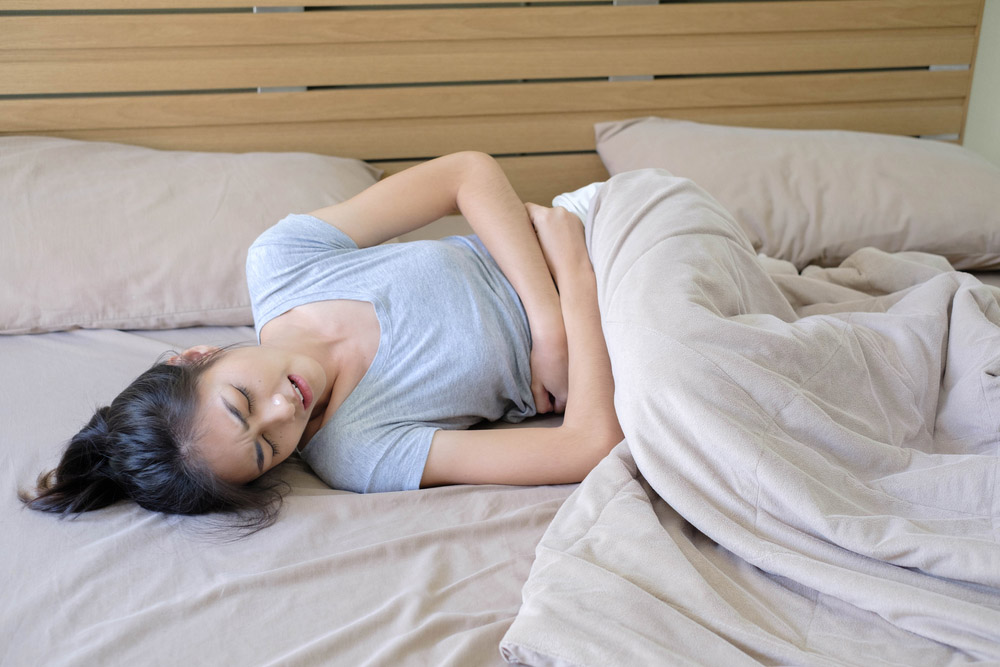
Periods can be frustrating even at the best of times, without having to deal with pre-menstrual syndrome, commonly known as PMS. From mood swings to headaches, bloating and food cravings, PMS cannot be described as pleasant. In fact, it is said that three out of four women report one or more symptoms of PMS at some point in their life. We take a look at PMS — what it is and how to manage it.
period-pain-sub-image-1.jpg

Understanding PMS
PMS is a collection of physical and emotional symptoms that begin a week or two before your period starts. It usually peaks about three to four days before your period and disappears about two to three days after your period begins. PMS can afflict menstruating women of any age. It doesn’t matter if you are 13 years old and only just adjusting to puberty and the onset of your first period, or if you’re 20 and juggling your PMS symptoms with school, work and relationships.
PMS is mainly attributed to the changing hormone levels during a woman’s menstrual cycle. Some women are more affected than others by these changes.
period-pain-sub-image-2.jpg
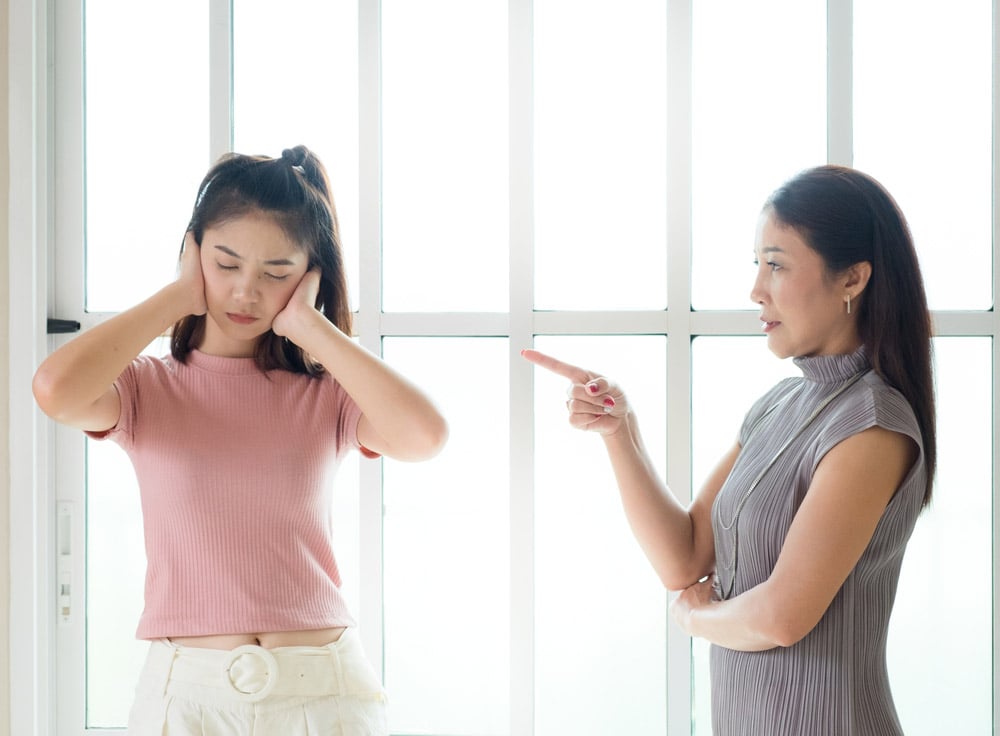
Common Signs and Symptoms of PMS
Emotional symptoms of PMS include:
- Mood swings
- Irritability
- Anxiety
- Sadness and crying spells
- Trouble concentrating or remembering things
- Compulsive eating
Physical symptoms of PMS include:
- Bloating
- Swollen or tender breasts
- Cramping
- Headaches
- Backaches
- Acne
- Constipation or diarrhea
- Tiredness
- Sleep problems (too much or too little)
How to relieve PMS symptoms
Luckily, some lifestyle changes can help, including:
period-pain-sub-image-3.jpg
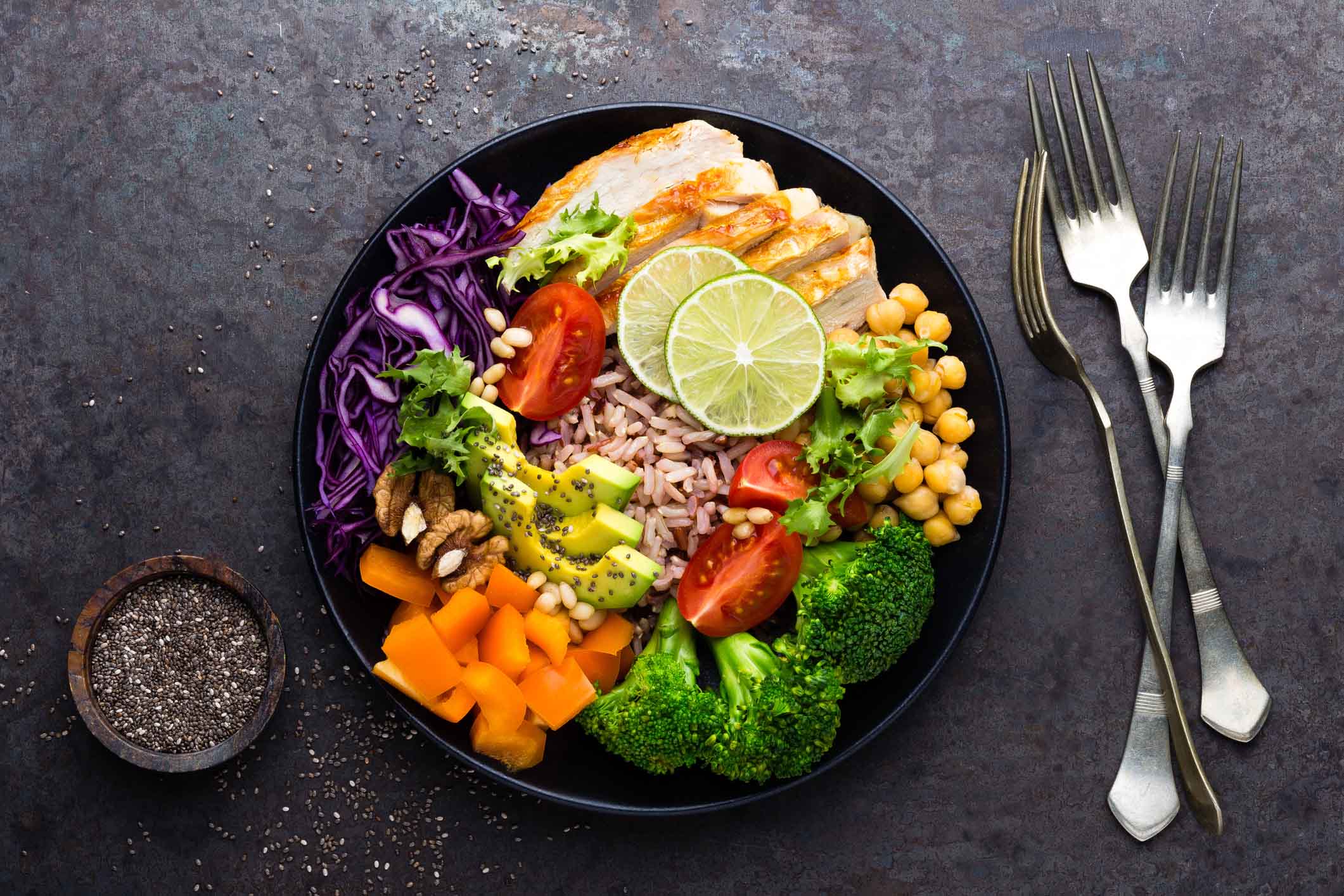
- Eating healthy: do you find yourself having crazy food cravings whenever your period is nearing? This could be due to your hormones! One way to better manage your food cravings is to reduce your sugar intake. Also, adopt a balanced diet consisting of fresh vegetables and fruits, wholegrain food like brown rice and opt for protein-rich foods like ginisang munggo (mung bean stew), isda (fish) and itlog (eggs). Cut down on unhealthy food such as those laden with sugar, salt and saturated fats, for example, cupcakes, potato chips and lechon (spit-roasted pig). By reducing your salt intake, you can also help ease PMS bloating.
You might love hanging out at Starbucks with your beshies, but try limiting your amount of caffeine to no more than four cups a day. It may help ease feelings of anxiety. Instead, drink more water — it can help keep unwanted pimples away by
period-pain-sub-image-4.jpg

- Get enough beauty sleep: lack of sleep can worsen PMS symptoms. Try getting at least eight hours of sleep every night. Modess All Night sanitary pads have an extended back leak guard, ensuring you sleep even more soundly.
period-pain-sub-image-5.jpg
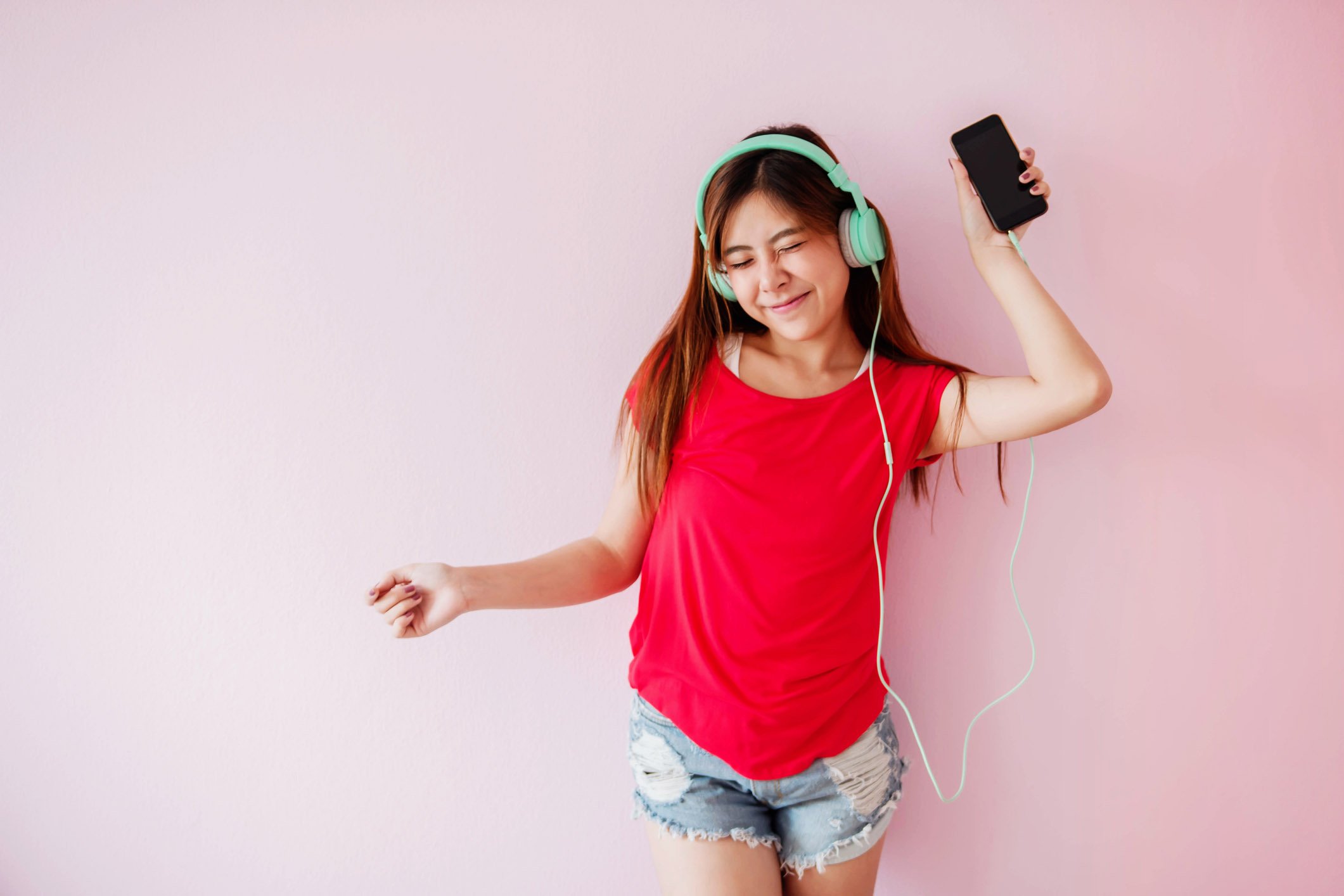
- You gotta move: and we don’t mean only while you’re suffering from PMS, but throughout the month! Regular aerobic exercises such as dancing, jogging, brisk walking and spinning can help you deal better with symptoms such as fatigue. Don’t forget to use Modess All Night Ultra Thin pads while exercising. Their long and lightweight design ensures you’re safe no matter what moves you make.
period-pain-sub-image-6.jpg
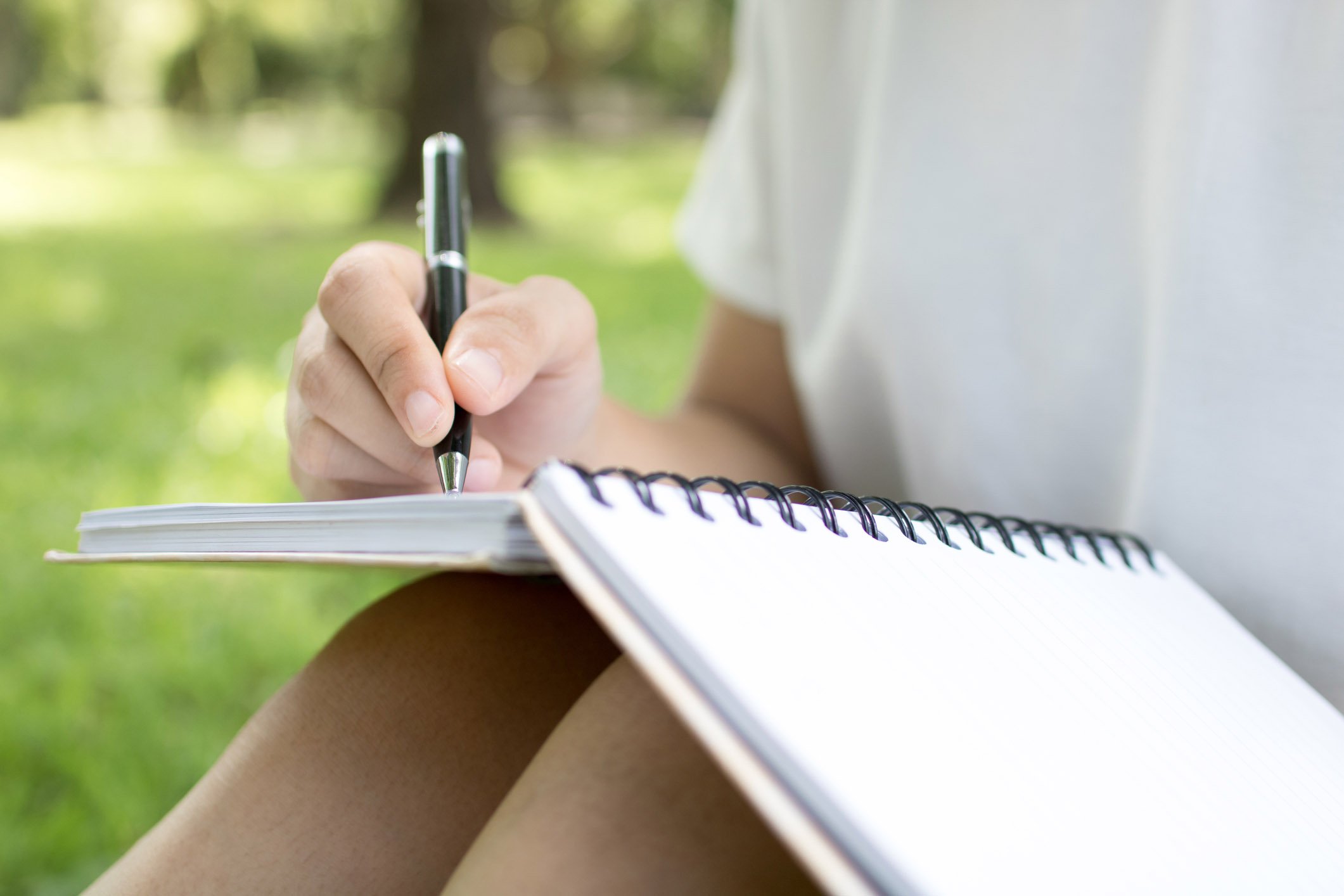
- Learn how to relax and feel comfortable: practicing yoga or meditation, or simply writing your daily thoughts in a journal can help lessen stress and feelings of tension or anxiety. Having a period survival kit close to you at all times will help ensure you have one less thing to worry about. After all, no one likes being caught by surprise without sanitary pads or by tagos.
period-pain-sub-image-7.jpg
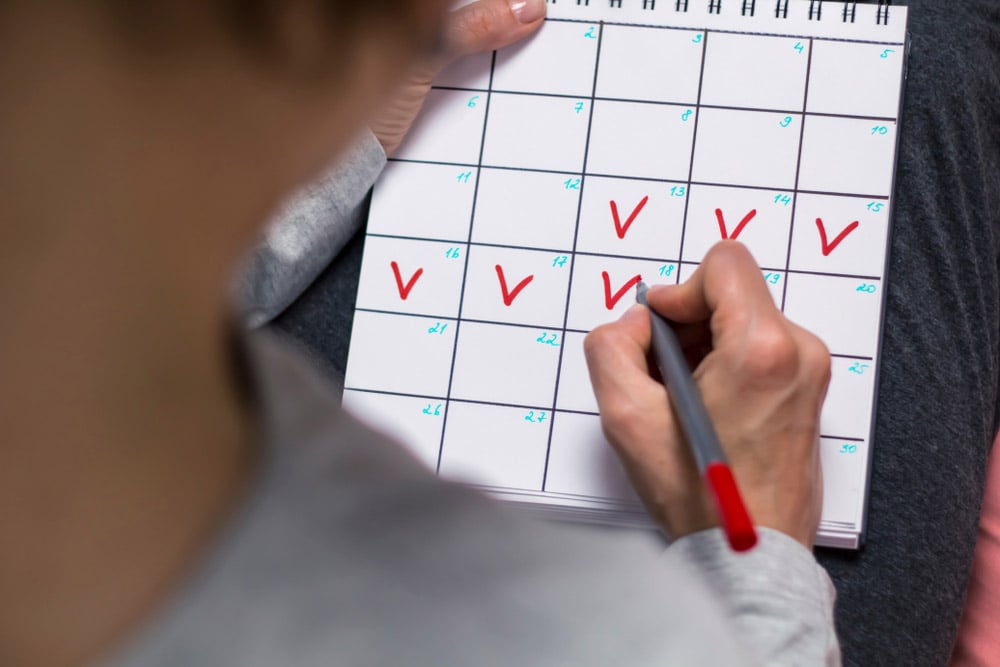
- Keep track of your period: you can easily monitor your menstrual cycle using a calendar or even an app. Tracking your period can help to not only prevent tagos, but also to track how you feel emotionally. This will allow you to know if the weird emotions you are feeling are due to PMS.



